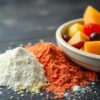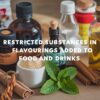You might have noticed the recent buzz about titanium dioxide (E171) being banned in the EU as a food additive since January 2022, and that food products just don’t seem as white as they used to!
The European Food Safety Authority (EFSA) concluded that E171 could no longer be considered safe due to concerns about its potential genotoxicity. As a food developer in the UK, you’re likely wondering about alternative white colourings for your latest projects. Whether you’re working on confectionery, bakery items, or dairy products, there are several natural options available to achieve that perfect white hue in your formulations.

Titanium Dioxide Ban
A significant change in food regulations occurred when the European Union banned titanium dioxide (E171) in all food products from January 2022. If you’re developing food products for the EU market, you’ll need to be aware that this widely-used white colouring agent can no longer be part of your formulations. The ban has prompted many food manufacturers to seek alternative white colouring solutions.
EU Regulatory Decision
Any food products containing titanium dioxide can no longer be produced or sold in the EU market since 7th August 2022 (according to EU regulation 2022/63). The decision came after the European Food Safety Authority (EFSA) concluded in May 2021 that E171 could no longer be considered safe as a food additive. If you’re exporting to the EU, you’ll need to ensure your products comply with this regulation.
Safety Concerns
Above all, the main concerns about titanium dioxide centre on its nanoparticle content. The EFSA couldn’t rule out genotoxicity concerns – meaning there’s potential for the substance to damage genetic material in your cells. You should know that these particles can accumulate in your body over time, which was a key factor in the authority’s decision.
And while the UK hasn’t banned titanium dioxide yet, the Food Standards Agency (FSA) is conducting its own review of the evidence. If you’re developing products for both UK and EU markets, you might want to consider alternative white colouring agents now to future-proof your formulations. The FSA has indicated they’re closely monitoring the situation and following the scientific evidence.

Natural White Colourants
While finding natural alternatives to titanium dioxide might seem challenging, you’ll be pleased to know there are several options available for achieving that perfect white colour in your food products. The key is understanding which alternatives work best for your specific application, as different options offer varying levels of opacity and brightness.
Mineral-Based Alternatives
Among the mineral-based options, calcium carbonate stands out as your primary choice. You can also consider calcium phosphate and silicon dioxide. These minerals are widely available and approved for food use in the UK and EU. However, you’ll need to be mindful that these alternatives might not provide the same intense whiteness as titanium dioxide, and you may need to adjust your formulations accordingly.
Plant-Based Options
Across the plant kingdom, you’ll find several naturally white ingredients that can help achieve the desired colour in your products. Rice starch, modified corn starch, and coconut flour are excellent options that not only add whiteness but can also contribute to your product’s texture and functionality.
To make the most of plant-based white colorants, you might want to combine different ingredients for optimal results. For instance, you could pair rice starch with coconut flour to enhance both opacity and brightness. These ingredients work particularly well in bakery applications, confectionery, and dairy alternatives. Plus, they offer the added benefit of clean-label appeal that your consumers are increasingly seeking.

Technical Applications
Formulation success with natural white alternatives to Titanium Dioxide requires careful consideration of particle size and dispersion methods. You’ll find that combining different white pigments often yields better results than using a single ingredient. Your product’s pH and processing conditions will influence which alternatives work best.
Further adjustments to your formulation might be needed to maintain stability and shelf life. You can optimise results by testing different ratios of ingredients and considering how they interact with other components in your product. Temperature control during processing is particularly important when working with natural alternatives.
Market Impact
After the EU ban on titanium dioxide (E171), many food manufacturers had to quickly reformulate their products. While Titanium Dioxide as a Colour Additive in Foods remains approved in other regions like the USA, the European market shift has influenced global product development strategies. You might notice this has particularly affected confectionery, baked goods, and processed foods where bright white colours were previously achieved using E171.
Consumer Response
For your UK customers, the titanium dioxide ban raised awareness about food additives and colouring agents. You might notice increased interest in your product’s ingredient list and what is now being used to colour their product white. This shift presents an opportunity for you to highlight use of natural whitening ingredients in your marketing communications.
The trend towards natural ingredients has actually worked in favour of many manufacturers who’ve made the switch. You’ll find that your customers are often willing to accept slightly less vibrant white colours in exchange for cleaner labels. This change in consumer preferences means you can focus on promoting the natural aspects of your reformulated products.
Processing Methods
Along with the new ingredients, it’s been found that natural whiteness can be enhanced through processing techniques such as emulsification, homogenisation, or micro-particulation. These methods create tiny particles that scatter light effectively, resulting in a whiter appearance without additional colourants. Your product’s natural white components can shine through with adapted processing.
Colour Enhancement Techniques
Other methods to enhance natural whiteness in your products include combining different particle sizes, adjusting pH levels, and incorporating natural dairy proteins. You can also experiment with various starches and gums that contribute to opacity whilst improving texture.
For instance, if you’re working with plant-based products, you can use a combination of rice protein and coconut cream to achieve a lovely white colour. You might find that incorporating air through whipping or using specific homogenisation pressures can dramatically improve whiteness. Many manufacturers have found success using maltodextrin in conjunction with natural starches for a bright, clean appearance.
Conclusion
With all these considerations in mind, the EU’s ban on titanium dioxide as a food colourant has really stretched product developers to think outside the box to achieve the white shade they need!
Perhaps a white as true as Titanium Dioxide may never be achieved, but when aiming for white or off-white colours using ingredients like calcium carbonate, rice starch, or mineral-based options that are both safe and consumer-friendly, along with adapting the processes and chemistry in the final product has gone a long way to solving the challenges.
Do you need a natural white food colour for your product? Contact us today.







